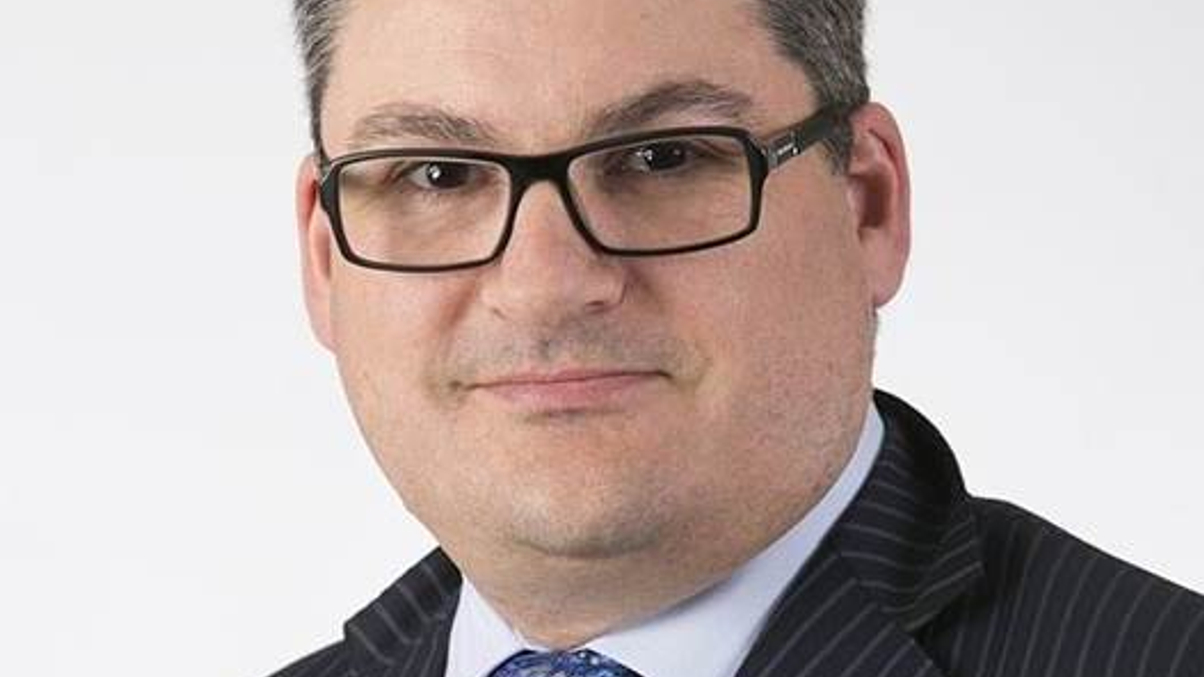Future Fund reviewing approach to smart beta
The Australian fund is, like other institutions such as Japan's GPIF, exploring how it can more cheaply replicate active management. But they remain cautious about some aspects of smart beta.

Australia's Future Fund and Japan's Government Pension Investment Fund are delving deeper into the use of factor tilts and smart beta with the aim of replicating more cheaply the returns of their active equity managers.
Sign in to read on!
Registered users get 2 free articles in 30 days.
Subscribers have full unlimited access to AsianInvestor
Not signed up? New users get 2 free articles per month, plus a 7-day unlimited free trial.
¬ Haymarket Media Limited. All rights reserved.


